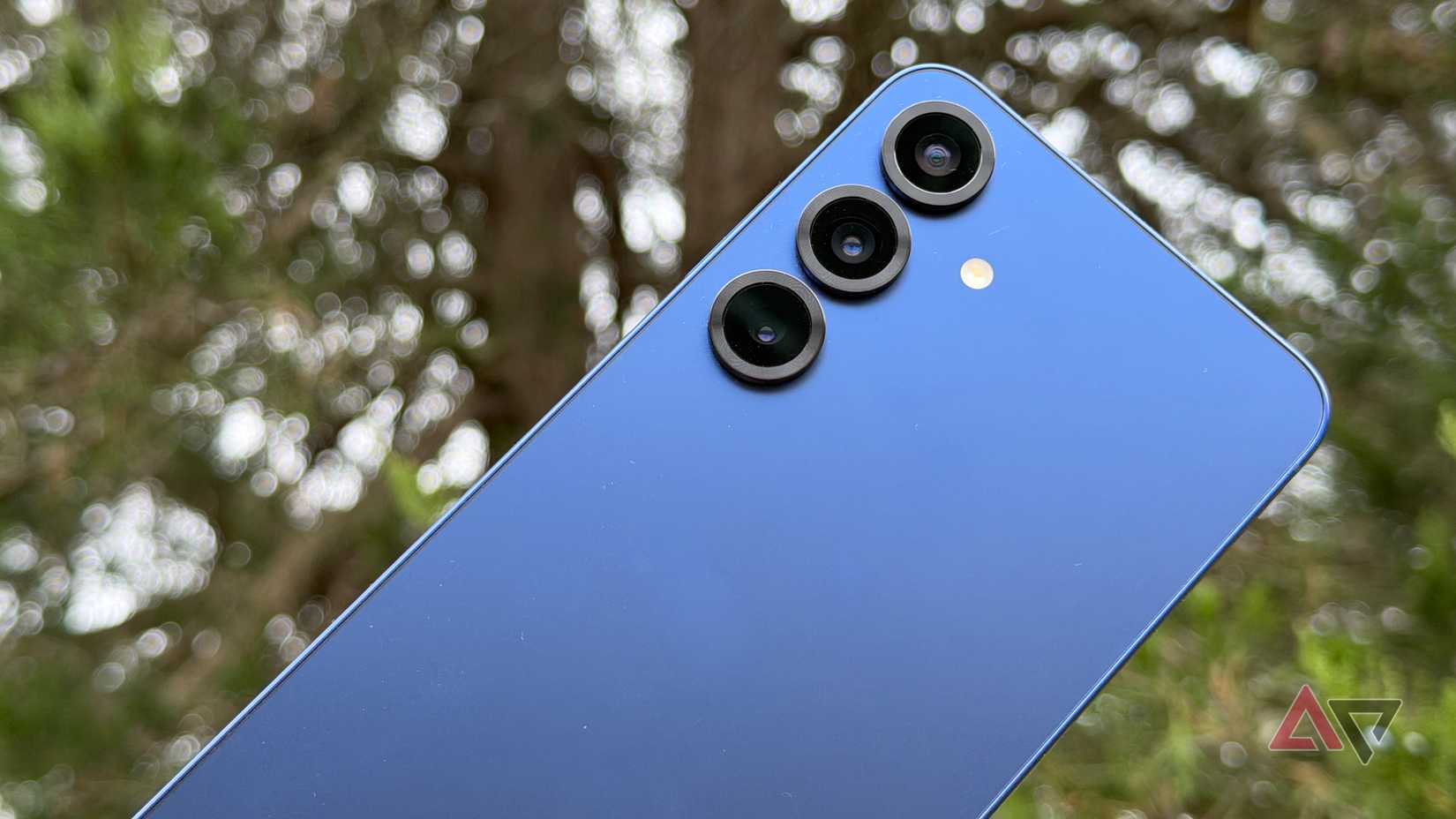When Samsung revealed the Galaxy S25, the message was everywhere. It was a true AI companion, built to understand you, anticipate your needs, and handle tasks before you even ask.
Think real-time call translation. Generative photo tools. Assistants who think ahead. A camera designed to recognize scenes before you press the shutter.
I believed the vision. I pictured a future where my phone worked beside me and an AI that made life easier without asking for attention.
Then I started living with the S25. Something unexpected happened. I began switching things off. Not because they failed. Because the experience was more peaceful without them.
The first 72 hours felt magical
For the first 72 hours, the Galaxy S25 felt flawless. It delivered the futuristic moments Samsung promised. The hype, it seemed, was real.
The first taste came during a weekend trip to the coast. I framed a beautiful shot of a lighthouse against the sky, but a tourist came into the shot.
Normally, I’d fix that in Photoshop. Instead, I opened the photo, circled the person, and tapped Generate. Seconds later, he was gone, and the cliff was rebuilt convincingly. It was fast, on-device, and required no skill.
Even routine tasks felt radically different. Faced with a dense, 20-page industry report in my inbox, I opened it in the Samsung Internet app.
Instead of spending the next half hour reading, my phone gave me a concise, bulleted summary in under ten seconds. My early conclusion was simple.
My new phone anticipates what I want and solves tasks I usually avoid. It made the future feel practical.
Suggestions started getting in the way, and convenience crossed a line
The magic began to fade on day four. My patience just thinned bit by bit until I noticed it was gone.
It started with the Samsung keyboard. I’d be typing a normal message, and Smart Suggestions would come with sentences that had nothing to do with what I wanted to say.
Then the suggestions began popping up everywhere. It felt like those prompts were following me around the phone. Instead of helping, they kept pushing their own ideas, and I got tired of dismissing them every time.
Even the summaries tripped me up at first. I was meant to read and grab key points from a document, but I let the phone do it. The summary looked confident, so I trusted it.
Later, someone asked about a key point, and I missed it. I was called out, and I realized the “magic” was a shortcut with hidden costs.
It’s fine to miss out on some details for casual reading or leisure, but serious work needs a full read or at least a second check.
The tipping point came when I was trying to read a book on the S25’s gorgeous screen, and it should have been peaceful. Instead, I kept taking unintentional screenshots because of my big palms.
Notifications jumped in to tell me about power-saving mode. The screen woke and dimmed as the face-tracking hiccupped. I put the phone down and realized the relationship had become toxic.
Teaching my phone some manners
I did not intend to turn the S25 into a dumb phone. I was trying to curate its intelligence. I preferred an intentional tech setup. My values were focus, calm, and control. Anything that cut across those had to go.
I opened Settings with a clear plan. Samsung, to its credit, makes this relatively easy. Most of the AI and other smart features are conveniently bundled in Settings > Advanced features > Galaxy AI and Settings > Advanced features.
Then, feature by feature, I went on a deactivation spree. The first thing I noticed was the silence. I stopped getting suggestions for no reason.
Then the practical benefits showed up. The battery life, already good, became excellent. Without background AI, gaze tracking, or gesture detection, the phone used less power.
I still had a top-tier phone with a 200MP camera, a great AMOLED display, and a premium build. But now it had a quiet, intentional software which I controlled, and not the other way around.
I still love AI, just not everywhere
Let me be clear, this is not an anti-AI manifesto. Everybody who knows me knows I love AI, especially the kind you barely notice. My purge was refinement.
I consciously kept the AI features that work silently in the background or activate on my command. The AI that edits my photos is still on. Circle to Search is still on.
Rather than getting rid of the smart, I got rid of the invasive. I taught my phone some manners by turning off half its tricks, and I love it more now.
Your comment has not been saved
- SoC
-
Qualcomm Snapdragon 8 Elite for Galaxy
- Display type
-
LTPO AMOLED, 120Hz
- Display dimensions
-
6.2″
- Display resolution
-
2340 x 1080





